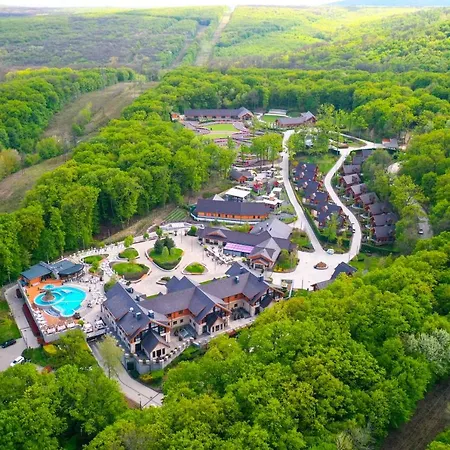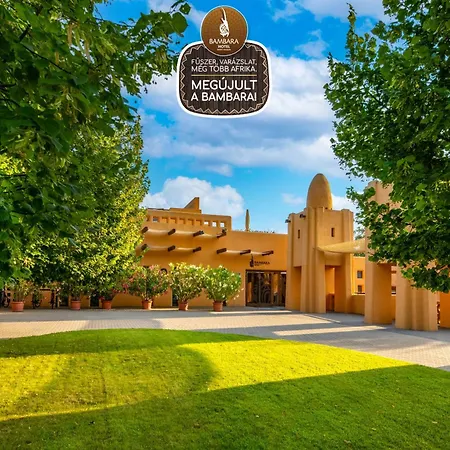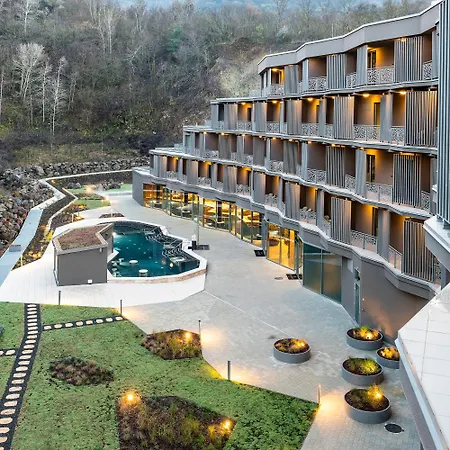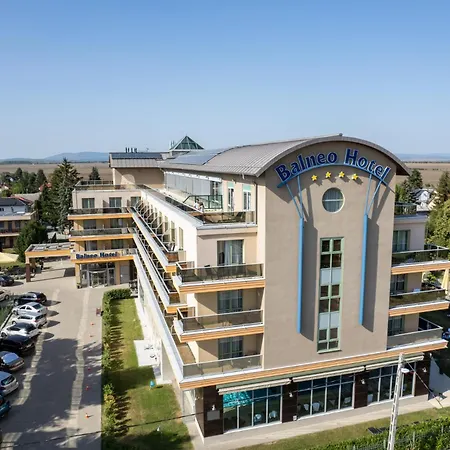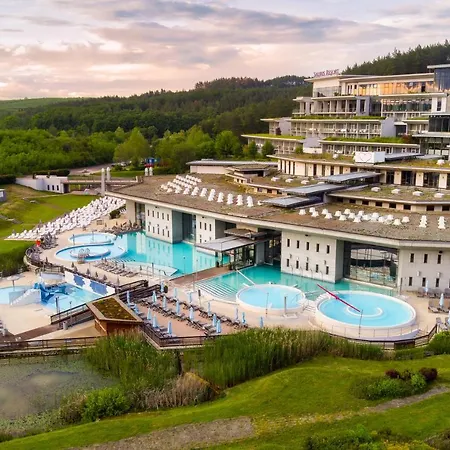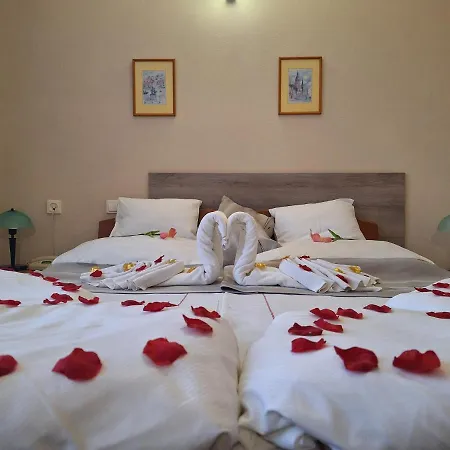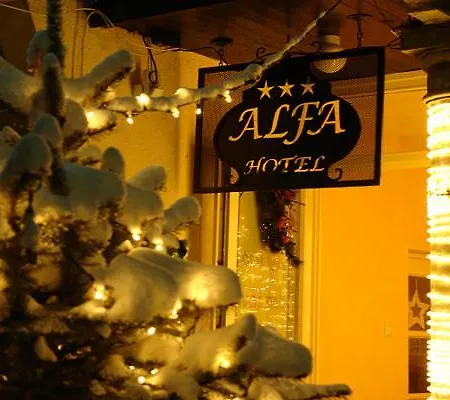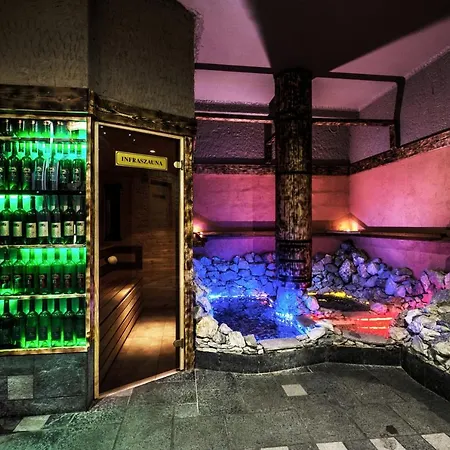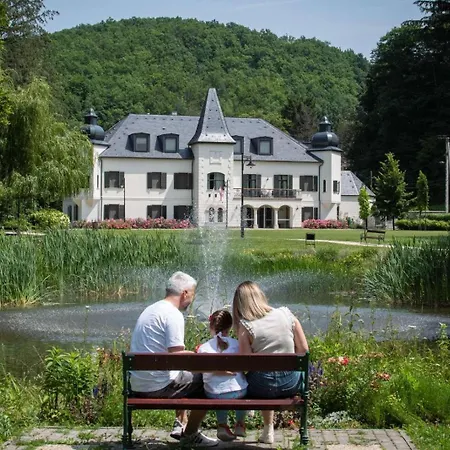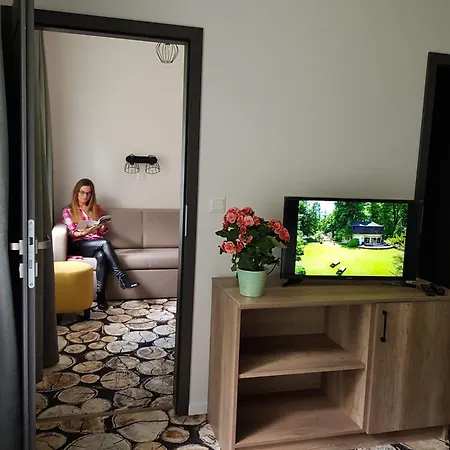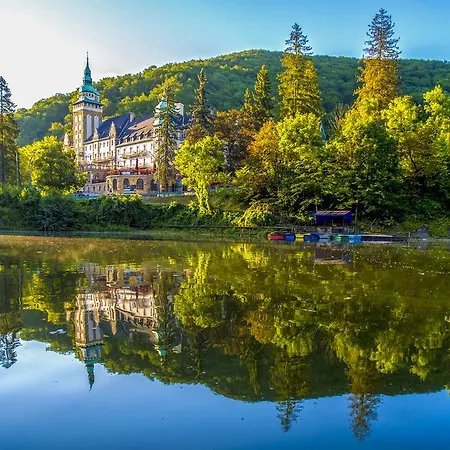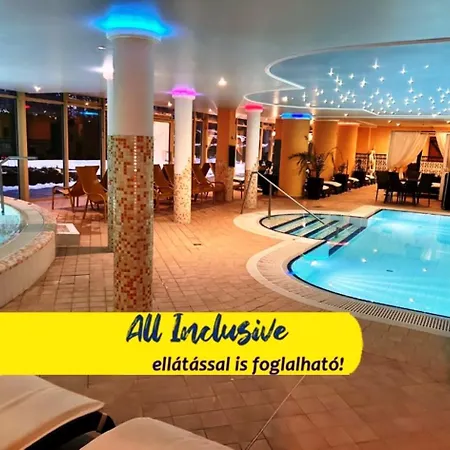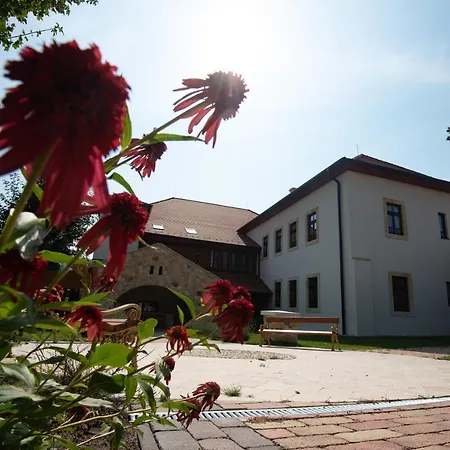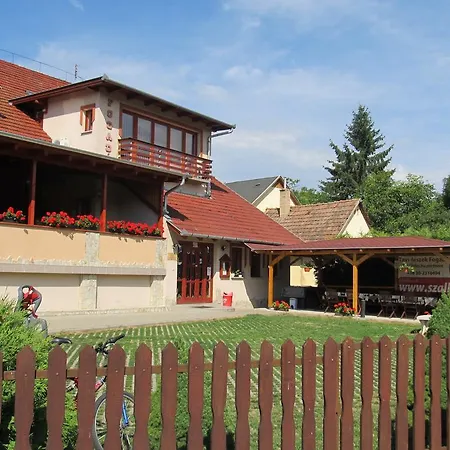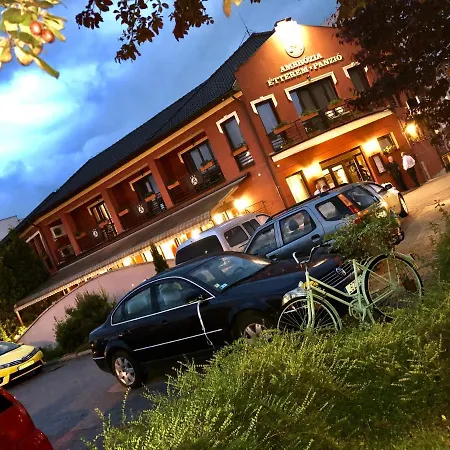Iringa Region Hotels for Your Next Holiday
Why Tourists Visit Iringa Region
- • Safari drives and wildlife viewing at Ruaha National Park.
- • Explore ancient tools and pillars at the Isimila Stone Age Site.
- • Visit the Neema Crafts Center to support local artisans.
- • Hike scenic trails and enjoy panoramic views in the Southern Highlands.
- • Experience Iringa town's bustling markets and delightful cafes.
The Iringa Region offers around 50 hotels, ranging from budget-friendly guesthouses to luxurious lodges near national parks. In Iringa town, 3-star hotels like Sai Villa Hotel start at $50 per night, while 5-star accommodations such as Ruaha River Lodge near Ruaha National Park can exceed $200 per person per night. Recently built properties like Sunset Lodge stand out for their modern amenities and prime locations, ensuring a comfortable stay nearby key attractions.
Iringa Region, nestled in Tanzania's southern highlands, is renowned for its breathtaking landscapes, including Ruaha National Park, the largest national park in Tanzania, and the charming Iringa town with its colonial architecture.
The region attracts adventurers, nature enthusiasts, and history buffs alike, with highlights such as the Isimila Stone Age Site, one of the most significant archaeological sites in East Africa, and the vibrant Neema Crafts workshop and cafe.
Iringa offers visitors a blend of wildlife safaris, cultural encounters, and historical exploration, making it a must-visit destination for travelers seeking authenticity and adventure.
Iringa Region Tips You Must Know
• Book hotels near Ruaha National Park early during the dry season (June to October) for the best wildlife experiences.
• Stay in Iringa town for easier access to restaurants, markets, and cultural sites.
• Use local taxis or private transport services to navigate rural areas as public transport options are limited.
• Pack warm clothes as temperatures can drop significantly in the evenings, especially during June and July.
• Choose eco-friendly lodges that support conservation efforts if visiting national parks.


